3D printing, also known as additive manufacturing, is a process where materials are layered to create objects from three-dimensional digital models.
The advent of 3D printing technology also has ushered in a new era in furniture and decor design, profoundly altering how designers conceptualize and create functional and aesthetic pieces, and it stands out for its precision, versatility, and efficiency.
The Evolution of 3D Printing in Design
3D printing, or additive manufacturing, has evolved from a prototyping tool to a viable production method in furniture and decor design. This evolution is marked by the transition from using basic polymers to a diverse range of materials, including bio-resins, recycled plastics, and even wood composites.

This material adaptability has opened up a variety of design options, enabling intricate patterns and forms that were previously impossible to achieve with traditional manufacturing methods.
The Impact on Design Aesthetics and Functionality
3D printing technology has given designers the ability to extend the limits of beauty and practicality. The capacity to construct complicated geometries and exquisite details has resulted in furniture and decor items which are not just stylish but also ergonomically superior. This technology also makes it easier to include multifunctionality into designs, making space-saving and adaptive furniture more viable and innovative.

Customization
The unique nature of 3D printing technology enables new levels of personalization in furniture and decor design. This feature meets the growing consumer need for individualized and distinctive home furnishings. Designers and clients can work more closely together, adapting designs to specific spatial requirements and aesthetic choices, improving the customer experience and satisfaction.
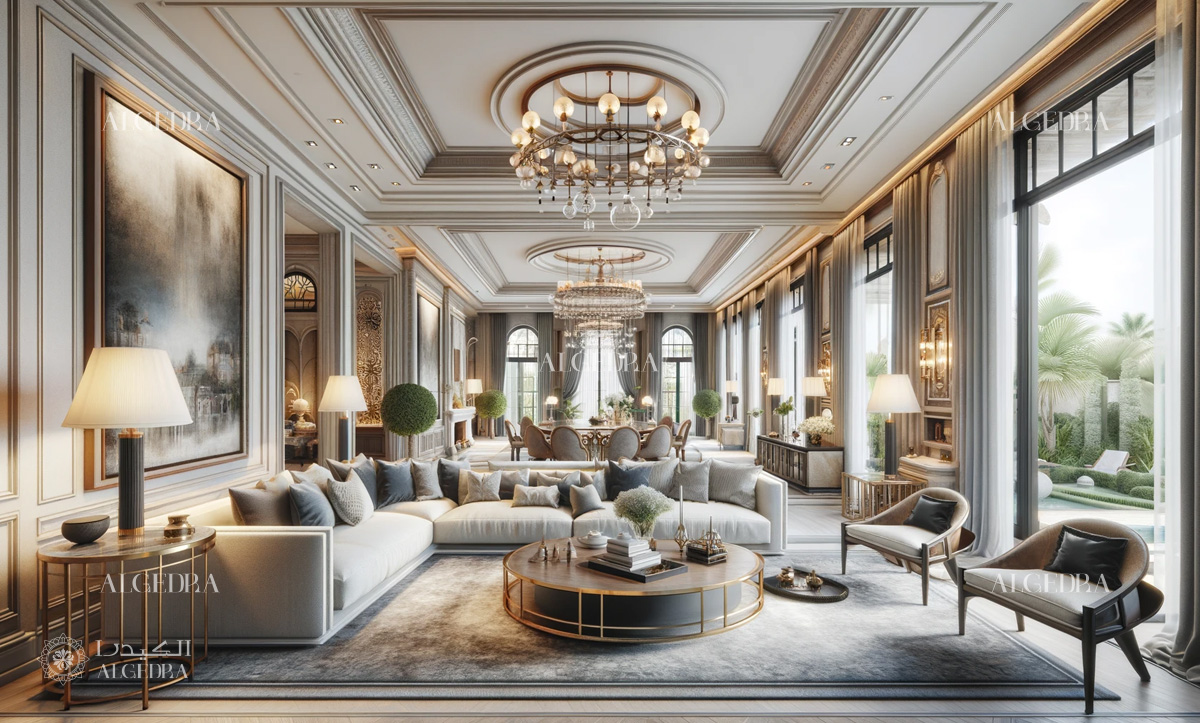
Technological Advances and Challenges
While 3D printing in furniture design presents numerous opportunities, it also poses challenges. The primary concerns include the scalability of production, the limitations in size due to printer dimensions, and the need for continual advancements in material science to enhance the durability and finish of 3D printed items.

Tips for Integrating 3D Printing in Design
1- Embrace Customization
Use 3D printing to customize components for unique areas and personal preferences. This can include everything from custom-fit shelving systems to personalized design touches.
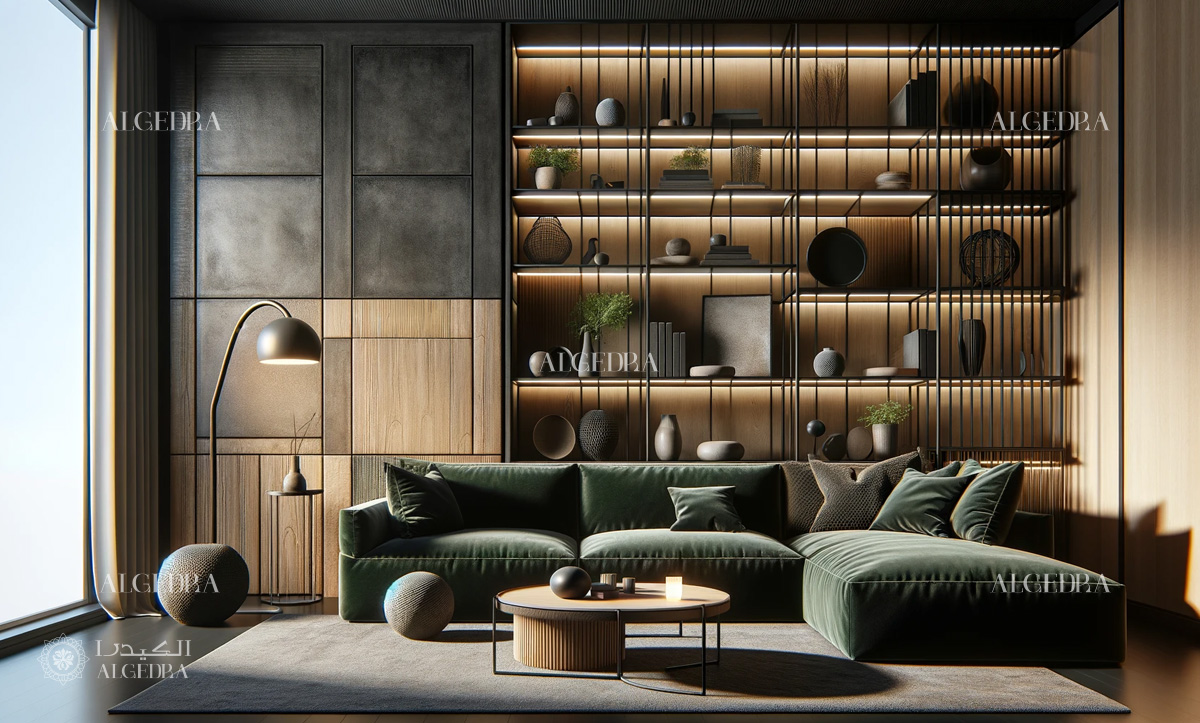
2- Experiment with Textures
Play with the vast array of textures that 3D printing can achieve. Whether it's smooth and glossy or rugged and natural, these textures can add a new dimension to your space.

3- Focus on Unique Features
Use 3D printing to create design elements that stand out, like intricate lampshades or artistic centerpieces.
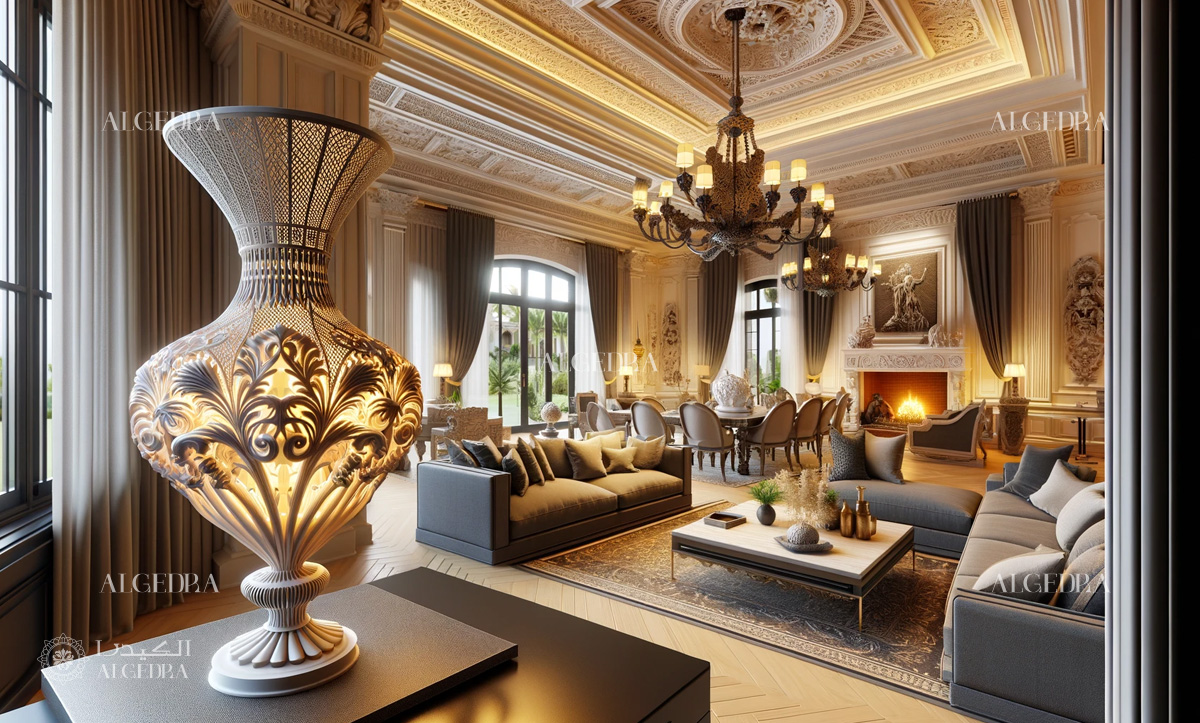
4- Combine Traditional and Modern
Blend 3D printed elements with traditional materials like wood or glass to create a harmonious balance between the old and the new.
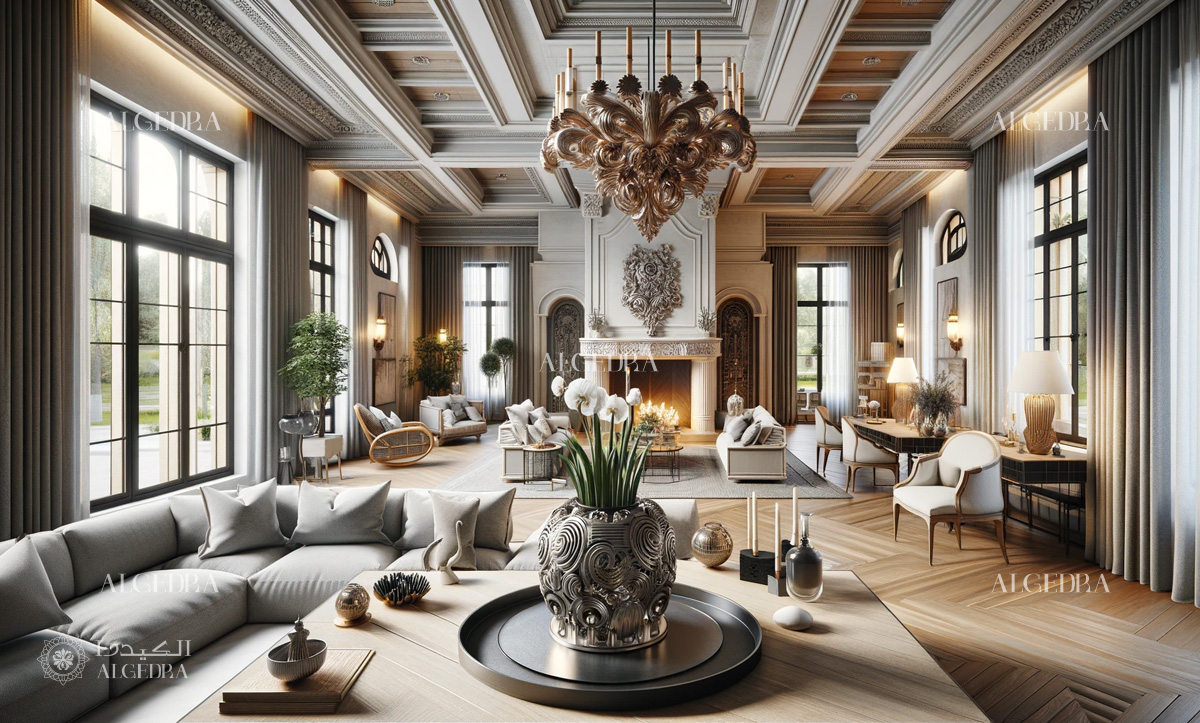
Styles to Explore with 3D Printing
1- Minimalist Modern
Create sleek, streamlined furniture with smooth finishes and simple, geometric shapes.

2- Industrial Chic
Design pieces that combine metallic elements with rustic finishes, embodying a raw, edgy aesthetic.
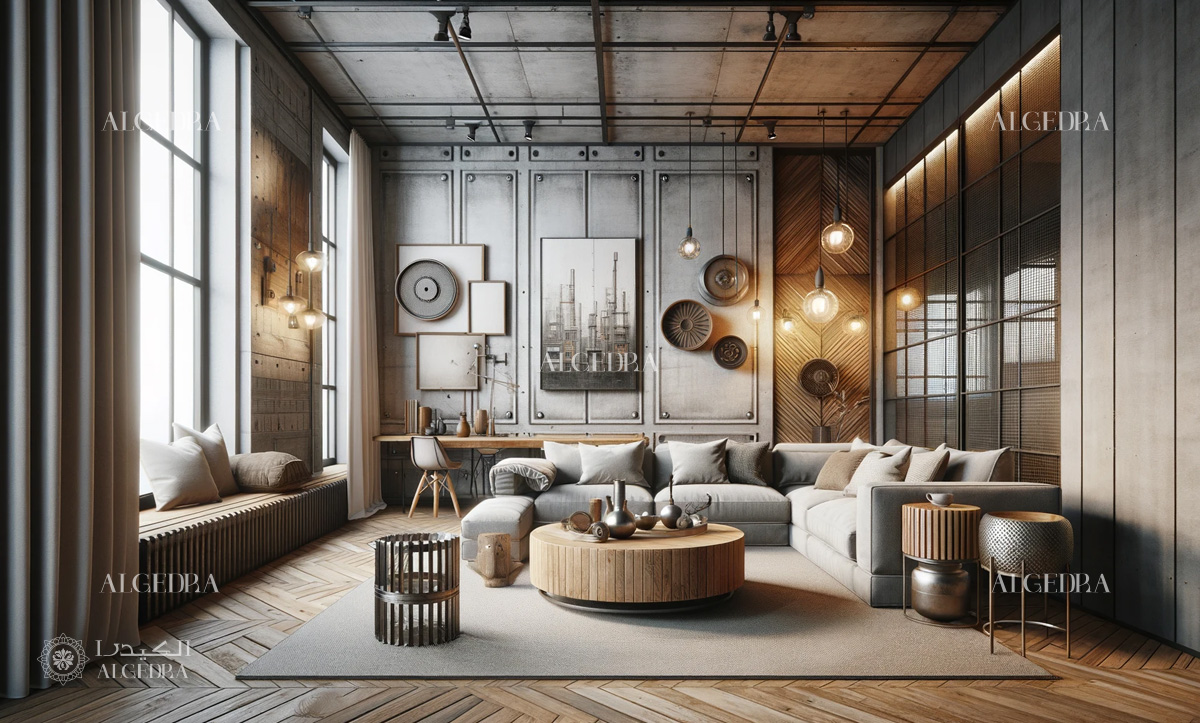
3- Bohem
Experiment with organic forms and patterns to create eclectic, free-spirited pieces.
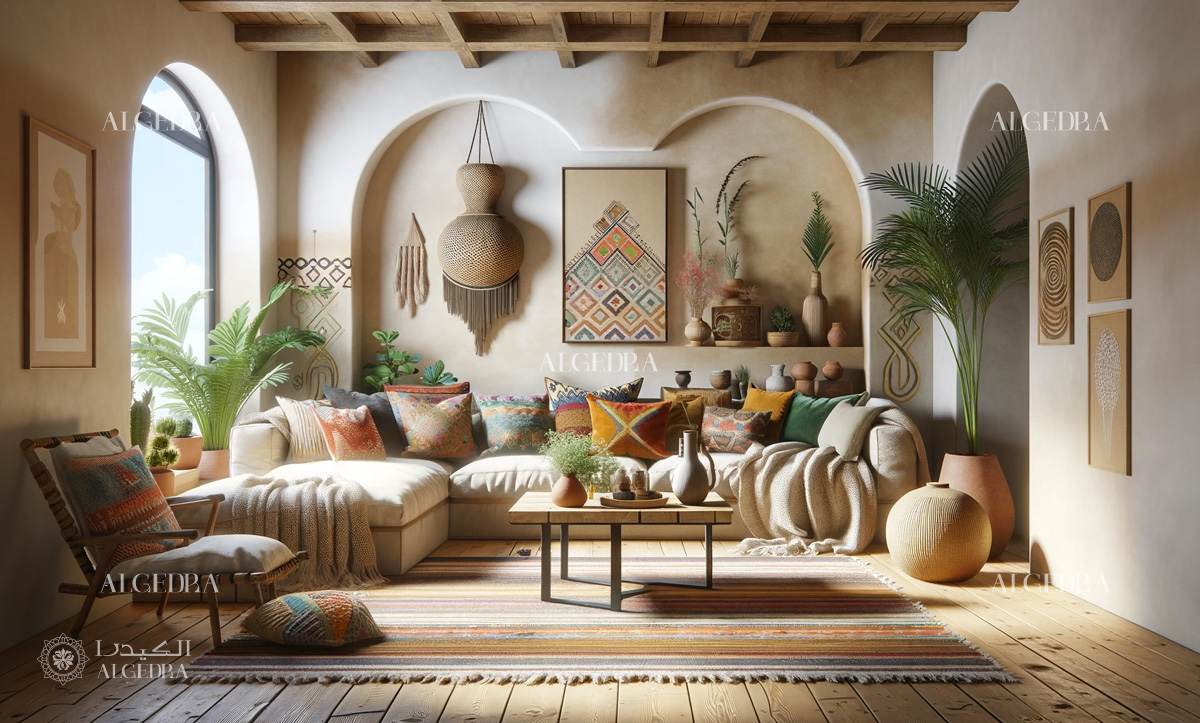
4- Scandinavian Simplicity
Adopt the practicality and simplicity of the Scandinavian style, with light, natural hues and clean lines.

The Future of 3D Printing in Design
As the technology continues to advance, the possibilities for 3D printing in furniture and decor design expand. The integration of digital tools like AR and VR will further enhance the design process, allowing for more immersive experiences and precise customizations.
